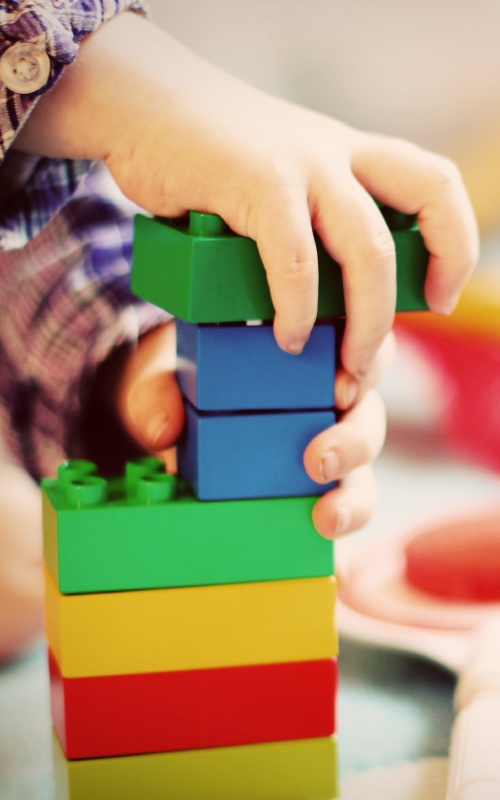10 Ways to Build Connections with Elementary Students
Encouraging positive conversation behaviors in elementary students is essential for their emotional growth. These behaviors help students express themselves, understand others, and build meaningful relationships. Here are some strategies to support this:
1. Teaching Active Listening
Help students focus on listening before responding.
Practice Skills: Encourage eye contact, nodding, and paraphrasing what they heard.
Games: Use “pass the message” or storytelling circles to reinforce listening.
2. Encouraging Empathy in Conversations
Teach students to consider others’ feelings and perspectives. Go HERE for a list of books to read to your students that help build empathy in your classroom.
Role-Playing: Use scenarios to help them practice understanding different viewpoints.
Feeling Words: Build a vocabulary of emotions to express themselves more clearly (e.g., “I feel happy because…”).
3. Using “I” Statements
Encourage students to express emotions and needs constructively.
Example: Teach them to say, “I feel ___ when ___ because ___” instead of blaming.
Classroom Practice: Use visual reminders or sentence starters for guidance.
4. Reinforcing Turn-Taking
Help students respect others’ speaking time.
Guided Conversations: Use talking sticks or timers during group discussions.
Praise Sharing: Acknowledge students who wait and listen before speaking.
5. Building Confidence Through Compliments
Encourage students to give and receive positive feedback.
Daily Compliments: Have a “kind words” moment during circle time.
Gratitude Journals: Include exercises that reflect on positive interactions with peers.
6. Addressing Conflicts Respectfully
Help students navigate disagreements constructively. Focus on helping students explain how they feel about what happened, not about why they did something.
Conflict Resolution Steps: Teach them to calm down, listen, share feelings, and brainstorm solutions.
Cool-Down Spots: Design spaces for calming down before discussions.
7. Practicing Open-Ended Questions
Encourage curiosity and engagement by teaching students to ask thoughtful questions.
Examples: Instead of “Do you like this?” try, “What do you think about this?”
Discussion Starters: Provide prompts for pair or group conversations.
8. Modeling Positive Communication
Adults should model respectful, clear, and encouraging communication.
Consistency: Use kind and patient language with students.
Storytelling: Share personal examples of effective communication.
9. Recognizing and Validating Feelings
Help students feel seen and heard.
Acknowledgment: Use phrases like “I see that you’re feeling…” or “It sounds like…”
Emotional Check-Ins: Include moments where students share their feelings with the group.
10. Integrating SEL Activities
Incorporate social-emotional learning (SEL) into daily routines.
Circle Time: Dedicate time to discuss emotions and interactions.
Books and Stories: Use literature to explore themes like kindness, understanding, and friendship.
Don’t forget to set norms for working in your classroom. By fostering these conversation behaviors, students not only grow emotionally but also learn valuable skills that will benefit them throughout life.

